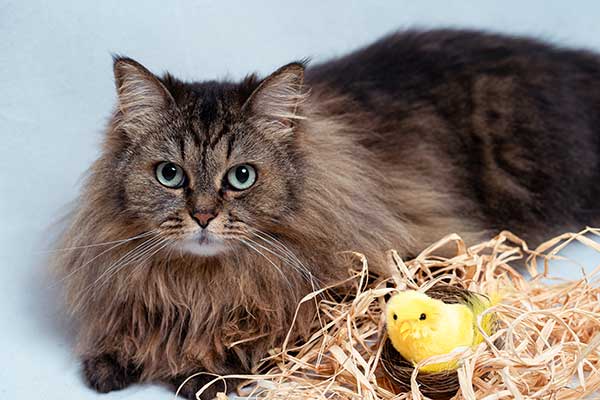Understanding the Severity of Declawing
The topic of declawing cats often stirs up strong opinions. If you’re considering declawing your cat, it’s crucial to understand the procedure and its impact on your cat. Here’s a deeper look into why declawing is more than just removing claws.
The Truth Behind Declawing
Contrary to common belief, declawing is not a simple removal of the claws. The process involves amputating the last bone from which the claw grows, akin to removing the tip of a human finger. This invasive procedure often includes cutting half of the pad, leading to significant discomfort and potential health complications.
Rising Opposition to Declawing Among Veterinarians
Increasingly, veterinarians are choosing not to perform declawing, acknowledging its harmful effects. The procedure’s inhumane nature is gaining recognition, leading to a decline in its practice.
Why People Consider Declawing
Despite growing awareness, some still opt for declawing due to various reasons, such as preventing furniture damage or protecting children from scratches. Often, this choice stems from misinformation or a lack of understanding about the procedure’s severity and its alternatives.
The Importance of Claws for Cats
Claws are vital for a cat’s self-defence. Without them, a cat is defenceless, especially if it accidentally ventures outside. Declawing can lead to various health issues, including infection, tissue death, and nerve damage. It may also cause behavioural changes, such as avoidance of the litter box due to pain or increased biting as a defensive response.
Alternatives to Declawing
Fortunately, there are humane and effective alternatives to declawing that protect both your cat and your home:
Cat Nail Covers: These colourful, glue-on covers prevent damage from scratching without harming your cat.
Anti-Scratch Sprays: Applied to furniture, these sprays deter cats from scratching.
Regular Nail Trimming: Keeping your cat’s nails trimmed reduces damage risk without compromising their natural defences
Scratching Posts: These provide an appropriate outlet for your cat’s scratching instincts.
Appreciating Natural Beauty: Embrace your cat’s claws as part of their unique beauty and character.
The Stance of Reputable Breeders on Declawing
Responsible Maine Coon breeders typically oppose declawing due to its cruel nature. If you’re considering adopting a Maine Coon kitten, consult with breeders about their policies on declawing. Educated and ethical breeders will usually have a firm stance against it.
In conclusion, declawing is an inhumane practice with significant physical and psychological impacts on cats. By exploring alternative methods and understanding the crucial role of claws in a cat’s life, you can ensure your Maine coon’s well-being and happiness.

